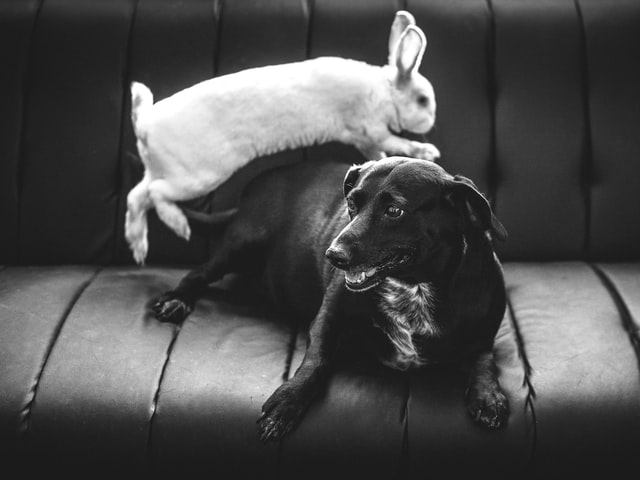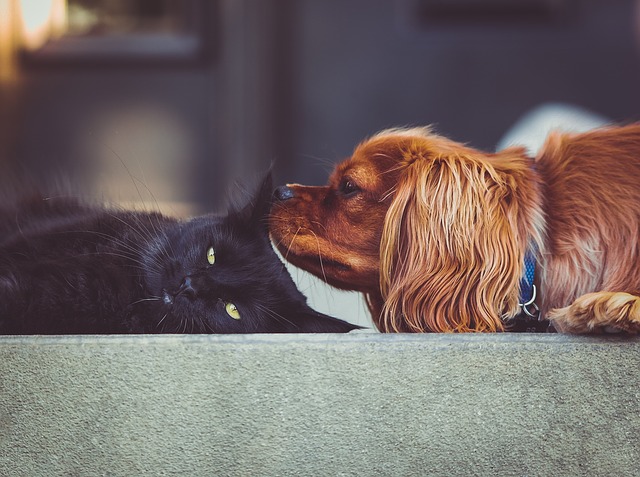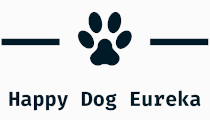Most animal lovers dream of being able to live with several animal species at home. It is a sweet dream that many are trying to put into practice. But lo and behold, the dog remains a carnivore, and sometimes cohabitation degenerates. So how do you do that?
The first thing to understand is that making different species coexist under one roof remains complicated, if one is not aware of what each animal is. Indeed, each species has its own language, so there will be misunderstandings and sometimes tensions. In addition, the nature of the species must be taken into account: is it a prey or a predator?
A dog will naturally run or be excited if another animal runs, especially if it is smaller than it. Fortunately for humans, domestication has made it possible to successfully co-exist with several species such as dog and cat, dog and horse, dog and rabbit, dog and ferret, and so many others, especially when you can put in place the keys to success.

The breed of the dog
If you know from the start that you will have different species at home such as chickens, rabbits and a dog, it is interesting to maximize everyone’s chances of adaptation, by choosing a breed that will have a lower predation instinct than others. Some breeds will therefore be more outlawed than others.
Some hunting dogs, so-called nordic or primitive dogs, often have a strong predation instinct. Who hasn’t heard a husky story that killed a sheep? An akita who killed the neighbor’s chickens?
Be careful though, all breeds of dogs are likely to do damage to another species, because the canine species is carnivorous. I sometimes think of this Belgian shepherd who came to education, because he killed the family cat, that Bernese cattleman who ate the rabbit of the little girl of the house, or that 4-month-old Australian shepherd who turned chicken coop into a cemetery. Anything of the order of instinct cannot be suppressed. But sometimes it can be shaped to our advantage. Nevertheless, the first key to success is to realize that even the sweetest of dogs can kill another species than his own. That doesn’t make him a bloodthirsty monster, it makes him a simple dog.
Making positive contacts

The second key to success is that the dog must have positive contact with the other animal as soon as possible. But this must also be the case for the other animal.
If you adopt a puppy, it will be easier. Indeed, during the development phase, your puppy learns impregnation. That is, your dog can learn to live peacefully with a species other than his own. And it will be even easier for you and for him, if he finds out before his first twelve weeks of life.
Positive encounters mean that they should not be forced. There is no point in putting your dog in front of your hens and holding him by the skin of the neck or getting excited, because he gets excited at his sight! However, I do not tell you to let go of your dog in your chicken coop and pray until it goes well … or bad!
Teach your dog to give up
When your dog is too excited or in “I’m going to make nuggets” mode, it’s already too late to ask him to leave or stay calm. It is therefore necessary to teach him the “renouncement” in a positive way and even before being in front of the other animal.
It is sometimes a difficult learning experience for some dogs. In particular, if their needs are not met on a daily basis. And yes, how can you ask your dog to stay calm when he sees a hen, if he is not himself out and stimulated every day? So be aware that your dog must have a healthy life on a daily basis for him to be successful. Give him time every day to play, to cuddle him if he likes, take him out every day half an hour, even if you have a garden. Teach him new directions. Positive your relationship so that it has more confidence in you the day you ask him to give up. Reward quiet moments and behaviours as much as possible. Calm behaviour should not be systematically associated with a position or order. A moment of calm may as well be a dog that simply observes standing.
So teach your dog the “you leave” in a positive way. This will allow you to stop your dog’s urge to go on something. Note, that it may be difficult or impossible for a dog to decondition by leaving a “prey” that is a potential toy, especially if it has already validated itself by going there.
Example: a 4-year-old husky, who has already been killed several times in the neighbor’s house. He validated himself every time he caught a hen. It will therefore be very difficult if not impossible to motivate him afterwards to leave on your request, even if it has been learned in a positive way.
Finally, renunciation will also be difficult depending on the reaction of the animal that is in front of your dog. Some dogs, which lives with several cats, can remain very quiet.

Making other species safe
The other species in the house must feel safe easily. Whether it’s waiting for your dog to learn renunciation or just for everyday life.
A need for safety is not necessarily felt in the threat, but it is also a need that it can come when the animal wants to sleep or isolate itself. Among other things, you can set up dome-shaped hiding places for the cat, high cushions and a cat tree. You can find everything online. As for ferrets, you can get a cage for their safety when there are other dogs coming to your house. The goal is not to punish the animals that share your life, but simply to keep them safe when they need to. Because if your dog is used to it, not all dogs are used to it.
Securing meetings
We were talking about setting up hiding places so that other animals could hide and wait safely. You can also teach your dog to wear the muzzle in a positive way and in the game. This can be useful for taking public transport, for the veterinarian, but also for making more secure encounters with other animals.
Take a baskerville-style muzzle so you can reward your dog for good behaviour or turn away. You can even put your dog on a leash with an education harness. Ask him to walk on a leash, always with the aim of keeping everyone safe, and teaching him or strengthening the “you leave”. The leash is not there to be fired or to hit the dog. She is only there to hold him if he wants to go anyway. However, if you work gradually, your dog will not shoot or almost. Don’t forget that if your dog isn’t used to not pulling on a leash, it won’t work either. Renunciation is not taught by coercion, let alone on the job! Then patience.
The principles to succeed his “you leave”!
Here is the key to successfully giving up with your dog. It’s simple. The “you leave” must be associated with something always better for the dog. The first lessons will have to be done without stimuli!
So take something super appetizing or super rewarding for the dog, so that the “you leave” is such a strong, rooted and positive indication that the dog can leave in difficult situations.
For example: a dog that never has meat will associate the “you leave” with the obtaining of the meat. The day he sees the rabbit and is told “you leave it”, it will be easier for him to give up, because the indication will be for him synonymous with obtaining this meat.
Finally, something we must not forget! It is essential not to let the dog catch what he is not allowed to have. If not, it strengthens to make this choice and therefore not to listen to you! So if you want to meet a species other than his, feel free to keep everyone safe, tie your dog and work your approach, to prevent the dog from strengthening itself in behavior you don’t want.
So remember that each dog has its own personality, and that it is far from easy sometimes, to make his dog coexist with other species, especially if he is not used to it. But if you want harmony to reign in your home, it takes a little organization and willpower! Teach your dog that he can stay calm in a positive way. Keep every animal in the house safe for the good of all. Finally, if you have any doubts… you can always call on a canine behavioral educator!

